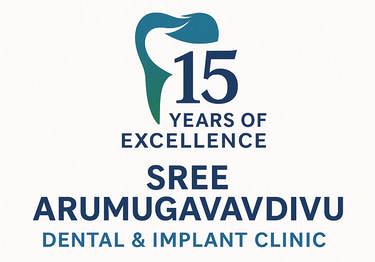Restorative Dentistry in Erode – Repair & Protect Your Teeth
Services Offered
Tooth-colored fillings
Inlays & onlays
Dental crowns & bridges
Benefits
✔ Restore natural function
✔ Protect weak teeth
✔ Improve chewing and aesthetics
📞 Book your restorative dental appointment today.
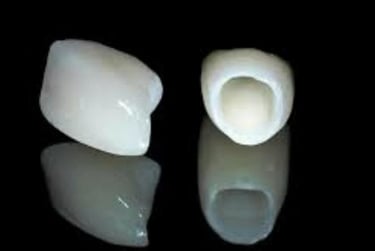

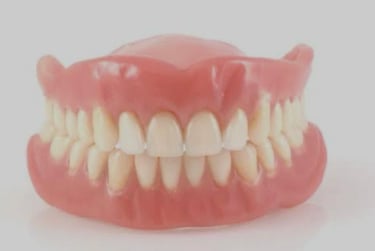

Key Features of Restorative Dentistry
Focus on Function and Aesthetics: The primary goal is to restore the functionality of your teeth while also enhancing their appearance.
Wide Range of Procedures: Restorative dentistry includes a variety of treatments to address different dental concerns.
Tailored Treatment Plans: Treatment plans are customized to meet individual needs and goals.
Emphasis on Natural Results: The aim is to create restorations that look and feel natural.
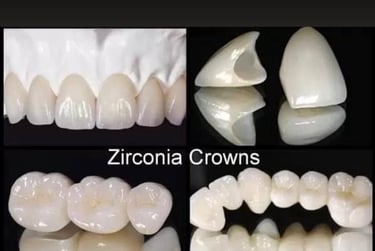

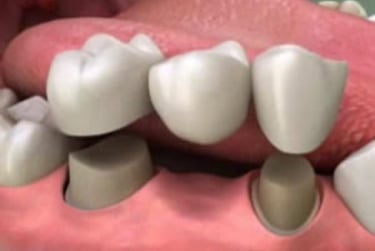

Common Restorative Dentistry Procedures
Fillings: Used to repair cavities by removing decayed tooth structure and filling the void with a suitable material.
Crowns: Cap-like structures that cover damaged teeth to restore their strength, shape, and appearance.
Bridges: Replace missing teeth by attaching artificial teeth to adjacent teeth.
Dentures: Replace missing teeth with removable appliances.
Dental Implants: Replace missing teeth with artificial tooth roots that support replacement teeth.
Root Canals: Treat infected tooth pulp to save the tooth from extraction.
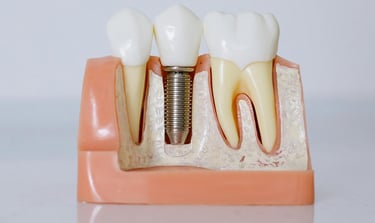

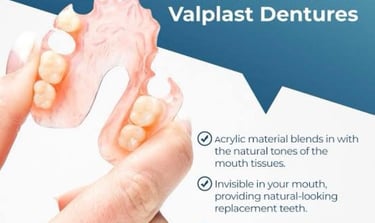

Advantages of Restorative Dentistry
Improved Oral Health: Restorative dentistry helps maintain oral health by preventing further tooth decay and infection.
Improved Function: Restored teeth allow you to eat, speak, and smile comfortably.
Enhanced Appearance: Restorative treatments can significantly improve your smile's aesthetics.
Improved Self-Confidence: A healthy and attractive smile can boost your self-esteem and confidence.
Long-lasting Results: With proper care, many restorative procedures can last for many years.
Fillings: Used to repair cavities by removing decayed tooth structure and filling the void with a suitable material.
Crowns: Cap-like structures that cover damaged teeth to restore their strength, shape, and appearance.
Bridges: Replace missing teeth by attaching artificial teeth to adjacent teeth.
Dentures: Replace missing teeth with removable appliances.
Dental Implants: Replace missing teeth with artificial tooth roots that support replacement teeth.
Root Canals: Treat infected tooth pulp to save the tooth from extraction.
Why us
Quality dental care
Patient comfort
Advanced treatment
Time flexibility
Experienced dental care
Best followup action
Best preventive care
Contact us
8300693295,8300693297 & 9843454814
© 2024. All rights reserved.


